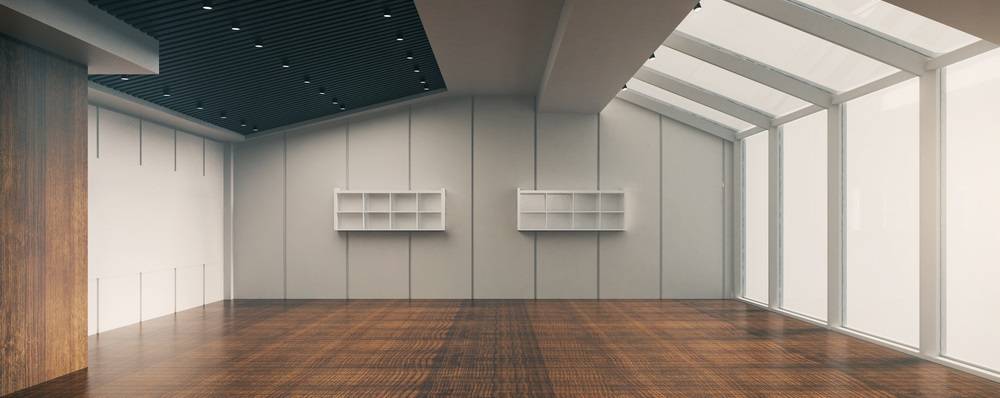Daylight harvesting is a sustainable way to save energy, but it’s also a more holistic way of utilizing both artificial and natural light to illuminate a room. A daylight harvesting system employs sophisticated sensors to monitor the amount of natural light in a space and adjust the artificial lighting to maintain a constant level of illumination or provide a specific ambient effect.
A well-designed system utilizes a combination of photosensors, motorized shades, dimmable lighting fixtures, and other lighting techniques to maximize efficiency while still providing the desired amount of light. A completely dynamic system can also minimize solar heat gain, improving the efficiency of the air conditioning system.
There are two types of daylight harvesting systems: open loop and closed loop. An open loop system uses only the amount of natural light available to alter lighting levels. Photosensors are usually placed outside, and indoor and electrical light levels are ignored. An open loop system is usually programmed with a set point that triggers a specific lighting preset, making it less dynamic than a closed loop system.

In contrast, the closed loop system uses photosensors indoors to measure both natural and electrical lighting, providing “real-time” lighting adjustment. Closed loop systems are considered more accurate than open loop, and work well for maintaining a constant and specific light level in a room.
At Powerhouse Engineering Partners, we use advanced photometric calculations to deliver the perfect illumination for any space. Motorized shades can be employed to protect valuable artwork while harvesting natural light and photosensors provide advanced lighting automation to maintain energy efficiency.
Whether it’s a renovation or new build, we can help you design the perfect lighting scheme to accentuate architectural designs and provide the perfect ambient light for any occasion. Contact Powerhouse Engineering Partners today.
